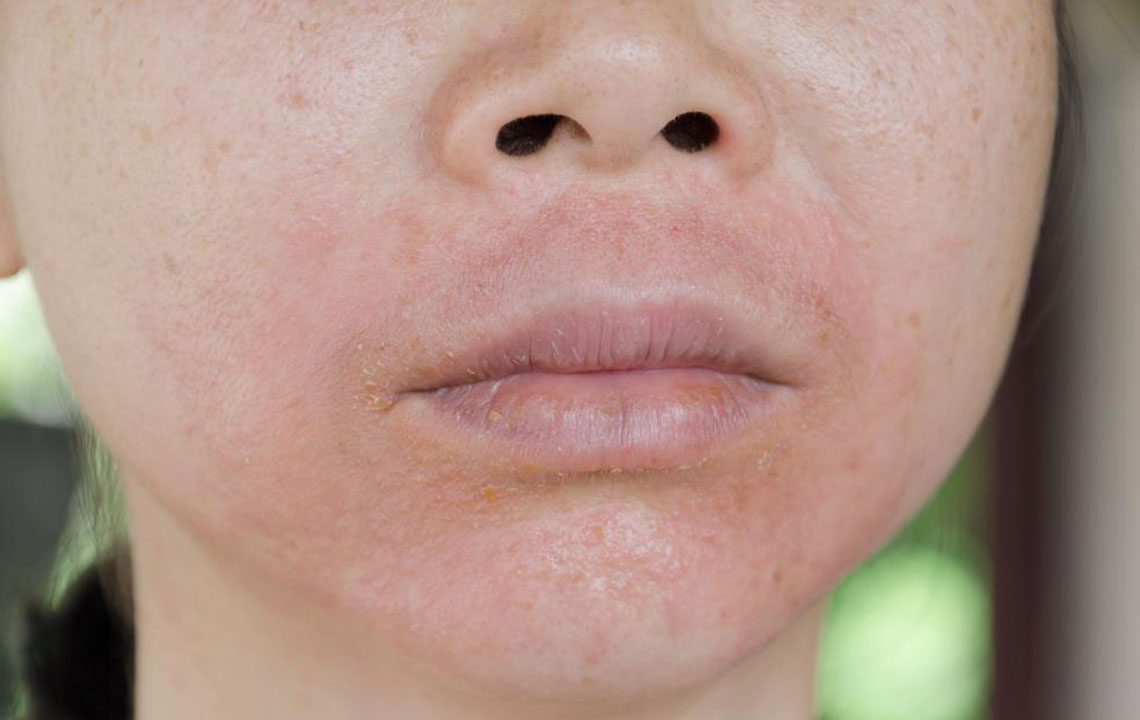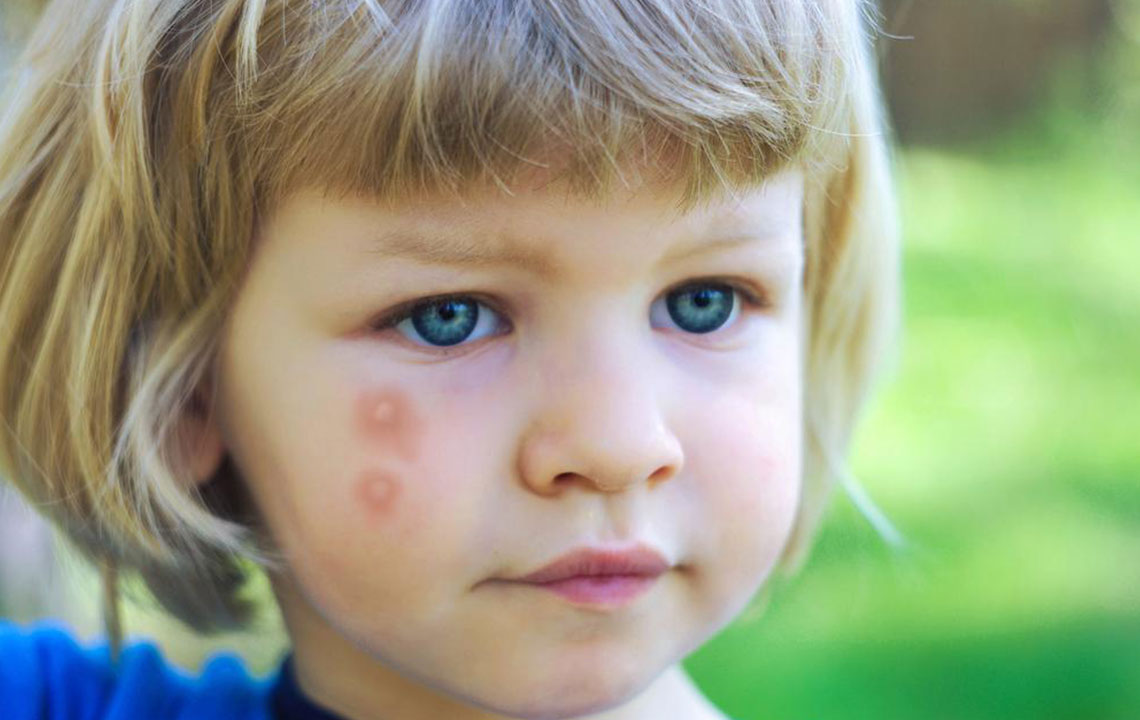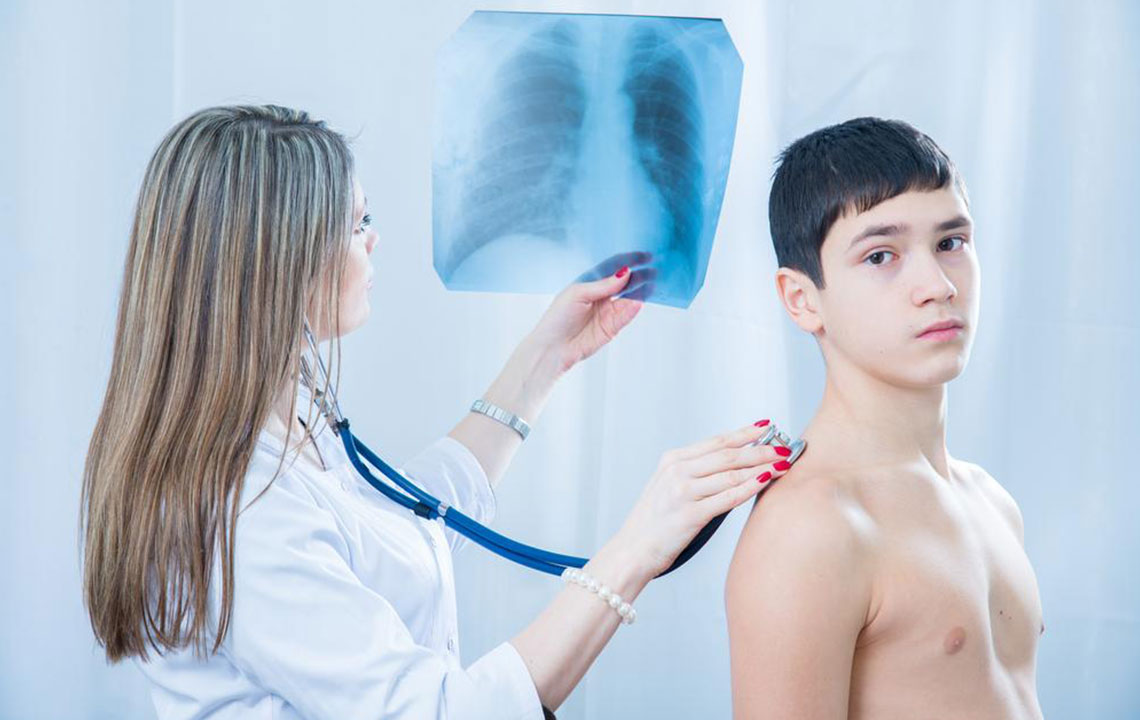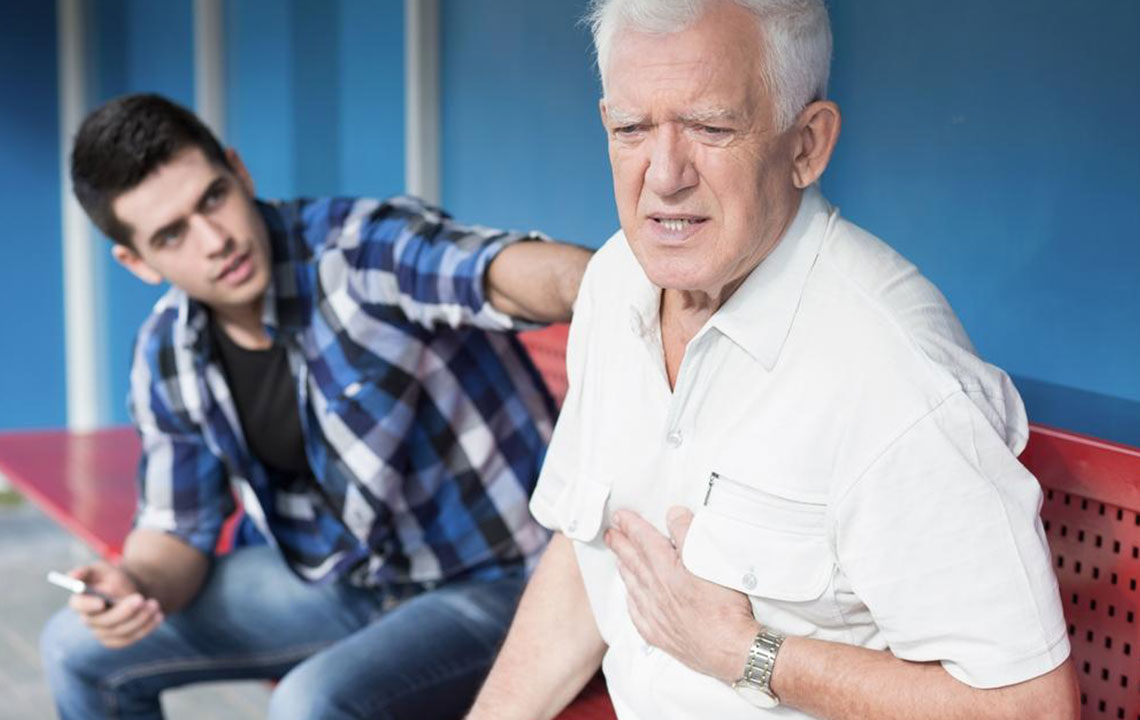Comprehensive Guide to Managing and Treating Skin Rashes from Insect Bites
Learn effective strategies for treating and preventing skin rashes caused by insect bites. This comprehensive guide covers home remedies, early warning signs, and preventive tips to keep your skin safe and healthy during outdoor activities. Understand how insect saliva and venom trigger immune responses, and discover practical solutions to soothe symptoms and avoid complications. Protect yourself against severe reactions with proper care and precautions, ensuring comfort and safety all year round.

Comprehensive Strategies for Treating and Preventing Skin Reactions Caused by Insect Bites
Insect bites are a common nuisance that many people encounter, especially during warmer months when outdoor activities increase. While most insect bites result in mild skin reactions such as localized swelling, redness, and itching that tend to resolve naturally within a few days, some bites can lead to more severe skin rashes and systemic reactions. Understanding how these reactions develop, along with effective treatment and prevention strategies, is crucial for maintaining skin health and comfort.
When an insect such as a mosquito, flea, tick, or biting fly punctures the skin, it often releases saliva, venom, or irritant substances. These substances can trigger the body's immune system to respond aggressively, releasing chemicals like histamine that cause inflammation, swelling, redness, and intense itching at the bite site. In many cases, the skin reaction remains mild, but in some individuals, the reaction can be more intense, leading to larger rashes, blistering, or secondary infections if scratched excessively.
Understanding the Development of Insect Bite Rashes
The skin rash resulting from an insect bite is primarily an immune response. The irritant or venom introduced by the insect activates immune cells in the skin, leading to the release of inflammatory mediators. This response results in symptoms such as localized swelling, warmth, redness, and itching. In some individuals, the immune system reacts more strongly, causing larger, more persistent rashes or even systemic symptoms like fever, joint pain, or swelling.
Effective Home Remedies and Treatments for Insect Bite Rashes
Managing skin reactions caused by insect bites can often be achieved with simple, at-home remedies. These treatments aim to reduce inflammation, soothe itching, and prevent secondary infections. Here are some proven methods:
Cold Compresses: Applying a cold pack or ice wrapped in a cloth on the affected area for 10-15 minutes can help numb the skin, reduce swelling, and decrease itching.
Topical Creams: Over-the-counter remedies like calamine lotion, hydrocortisone cream, or antihistamine creams provide relief from itching and inflammation.
Baking Soda Paste: Mixing baking soda with a small amount of water to create a paste and applying it to the rash can alleviate redness and itching.
Aloe Vera: Natural aloe vera gel possesses anti-inflammatory and soothing properties that can aid in skin healing and reduce discomfort.
Warm Baths with Epsom Salts: Taking warm baths infused with Epsom salts can help soothe irritated skin and reduce swelling.
When to Seek Medical Attention
While most insect bite reactions are mild and manageable at home, certain symptoms warrant prompt medical care. Seek emergency attention if you notice:
Severe swelling or spreading redness beyond the bite zone.
Signs of infection such as increased warmth, pus, or streaks emanating from the area.
Difficulty breathing, dizziness, or swelling of the face or throat, indicating a possible allergic reaction.
High fever, joint pain, or severe discomfort that persists.
Preventive Measures to Avoid Insect Bites
Preventing insect bites is the most effective way to avoid skin rashes and allergic reactions. Here are essential tips for outdoor activities:
Wear protective clothing: long-sleeved shirts, long pants, and closed-toe shoes, especially during peak insect activity times.
Use insect repellents containing DEET or picaridin on exposed skin and clothing.
Avoid standing water or damp areas where mosquitoes and other insects breed.
Stay indoors during dawn and dusk, when many biting insects are most active.
Ensure window and door screens are intact to prevent insects from entering indoor spaces.
Additional Tips for Skin Care and Safety
Maintaining good skin hygiene and protecting yourself from insect bites can significantly reduce the risk of severe skin reactions:
Clean the bite area gently with soap and water to prevent infection.
Avoid scratching the rash to reduce the risk of secondary bacterial infection.
Keep your skin moisturized to prevent dryness and cracking that can attract insects.
Stay informed about local insect-borne diseases, especially if traveling to endemic areas.
Final Thoughts
Insect bites are a common occurrence, but most skin reactions can be effectively managed with simple remedies and preventive measures. Recognizing the symptoms of severe reactions and seeking prompt medical attention when necessary is crucial for your health and comfort. Implementing strategies such as wearing protective clothing, using repellents, and maintaining skin hygiene can significantly reduce the risk of bites and subsequent skin rashes. By staying vigilant and prepared, you can enjoy outdoor activities with minimal discomfort and maximum safety.





